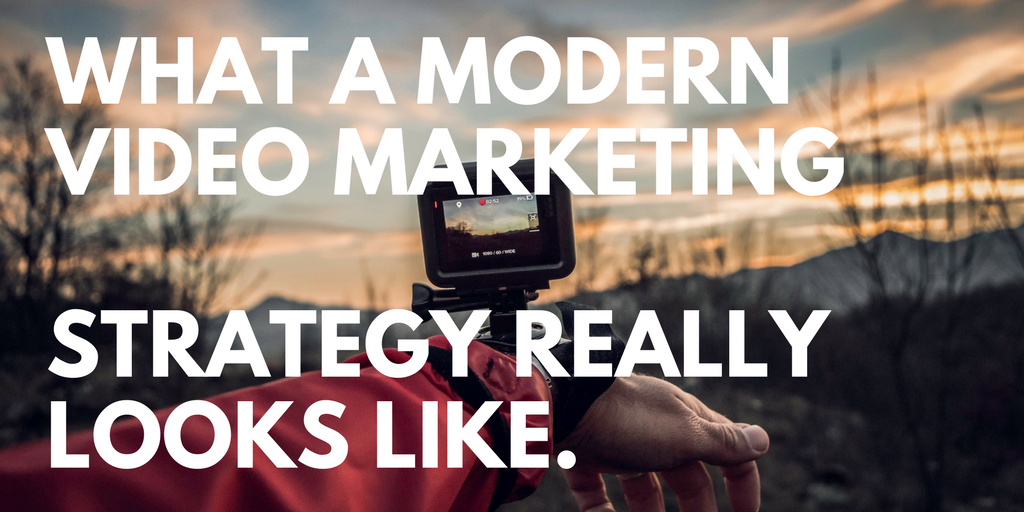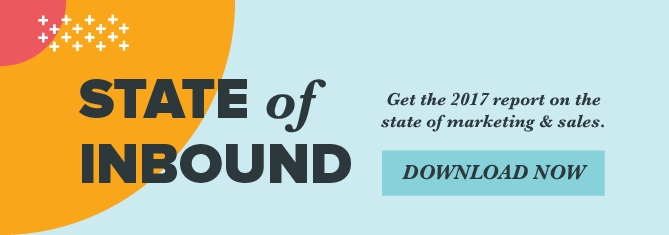A Breakdown of What a Modern Video Marketing Strategy Really Looks Like

A Breakdown of What a Modern Video Marketing Strategy Really Looks Like
Digital marketing is completely changing the way that marketers work. These days, if you don’t respond to what consumers want then you are going to miss out on huge opportunities and lose valuable leads. And it’s clear that what consumers want more of are native social media posts, relevant articles and, above all else, videos.
That means that you need to make sure your marketing strategy is optimized to include this type of multimedia and that you’re distributing it in the best way. But what does a modern video marketing strategy really look like? Let’s take a look at some of the trends and tactics that can help you inform your video marketing strategy.
The Power of Video
When HubSpot coined the phrase “content is king” a few years back, they were mostly referring to blog posts and other written materials. Now, however, visuals have taken the throne. Facebook users watch over 8 billion videos a day, while Snapchat alone gets more than 10 billion video views every single day! Consumers are constantly attached to their mobile devices and are devouring visual content more voraciously than ever before.
This means, of course, that everyone is jumping on the bandwagon and hustling to produce videos as quickly as possible in order to steal consumer eyes away from their competitors. So how can you make sure that your video gets seen and makes an impact? The first step is to understand your audience.
Who Is Your Target Market?
Different markets prefer different mediums. Millennials love Snapchat and YouTube. Gen Xers are more active on Facebook. And baby boomers are attached to email and more traditional forms of advertising. You’ll want your videos to live wherever your audience already goes in order to increase the odds that they’ll watch them. Ironing out exactly who your target audience includes will help you make the most of your marketing dollars.
What Are They Interested In?
Now that you’ve clearly identified who your target audience is, ask yourself what kind of material they will relate to or find interesting. Your videos should address a need that they have and also be compelling and fun to watch. These can include how-to guides, expert Interviews, compilations of user content, case studies and more. There are plenty of types of video content that viewers love to watch.
How Should You Distribute Video?
Once you’ve created a video, how do you get it in front of your audience? A good video strategy should include a lot of different platforms, including your own blog, newsletter and website, as well as the social media channels that appeal to your audience. Facebook, Twitter, LinkedIn, Instagram, YouTube… there are plenty to choose from. Check out HubSpot’s The State of Inbound 2017 report to figure out which outlets your target audience considers most valuable.
In the meantime, here’s a quick breakdown of what kind of video content works best on each of the big five social networks.
Facebook videos tend to be fun, elicit emotion and lend themselves to sharing. Why do you share videos on Facebook? Do they make you laugh? Provide valuable commentary on a topic you’re interested in? Videos with captions tend to perform well because many people view them without sound. Also, try to make an impact in the first three seconds - that’s how long it typically takes viewers to decide to move on or keep watching. High resolution videos are best - at least 720p or 1080p HD.
YouTube
YouTube has long been the world leader for videos. It produces more than 3 billion searches per month! Make sure to optimize your videos with captions, tags and descriptions that make them easy to search. Again, using a high resolution and making videos with an impactful first couple of seconds will improve your chances of getting seen more often. It’s a great site to post consistently and to develop a loyal following.
Snapchat
Snapchat video content should be raw, authentic and communicative. Text and drawings in your video boost your chances of getting viewed. If you’re new to the platform, make sure your first video is a great one! A lot of viewers drop off after watching one Snap. It’s good to provide entertaining and helpful content in order to connect to your users.
Just like its 140 character tweets, Twitter videos are expected to be short and sweet and to pack a punch. Try to create videos that are entertaining and that feature a lot of humans - these do a lot better than the funny cat videos that go viral on YouTube.
Instagram has branded itself as a lifestyle platform. As a result, Insta video tends to be more thoughtful and inspiring. These videos are almost always viewed with no sound, so keep that in mind. Users expect high quality content - stunning visuals and a captivating message. Hashtags will help you get more engagement and to be seen by people outside your network. And using Instagram Stories is opening up a whole new world of video marketing opportunities because it’s a way for you to stitch photos and videos together to bring them to life.
Why Does Video Marketing Matter?
The demand for video content is so great that marketers are having a hard time keeping up with it. Video can help you jumpstart SEO so that your company appears higher up in searches. YouTube reaches more 18-49 year olds than any broadcast or cable TV network. And after watching a video, 64 percent of users are more likely to purchase a product online! Dr. James McQuivey recently popularized a study he did that calculated the value of a one-minute video to be worth 1.8 million words.
Video marketing is an awesome way to create unique and interesting content that will boost your engagement levels on social media. Get your video marketing strategy in place ASAP so you can start better engaging your audience!

